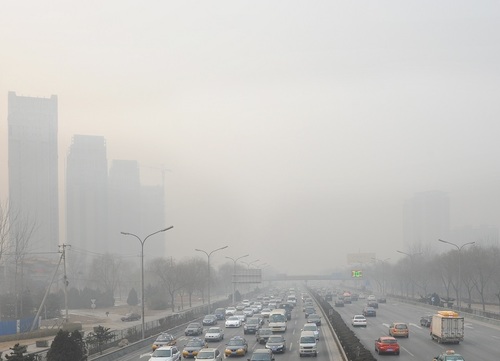Higher exposure to ambient air pollution is associated with an increased risk of developing interstitial lung abnormalities (ILAs) and a greater progression of high attenuation areas (HAAs), according to a new study published in the ERJ.
Using data from 5,495 participants enrolled on the Multi-Ethnic Study of Atherosclerosis (MESA) cohort study, researchers carried out serial assessment of HAAs by cardiac CT. 2,671 participants were also assessed for ILAs using full lung CT at the 10-year follow-up.
Cohort-specific spatio-temporal models were used to estimate ambient pollution, including levels of fine particulate matter (PM2.5), nitrogen oxides (NOx), nitrogen dioxide (NO₂) and ozone (O₃).
The data showed that exposure to ambient nitrogen oxides was associated with a higher prevalence of ILAs. Among non-Hispanic white people, exposure to PM2.5, NOx , and NO₂ was associated with progression of HAAs, and there was also some evidence of a trend towards an inverse association between greater O₃ concentrations and subclinical ILD in this population overall.
The authors state that this is the first study to link air pollution with early evidence of lung inflammation and fibrosis on CT in community-dwelling adults, which may add insight into the hypothesis that air pollution could contribute to ILD.





